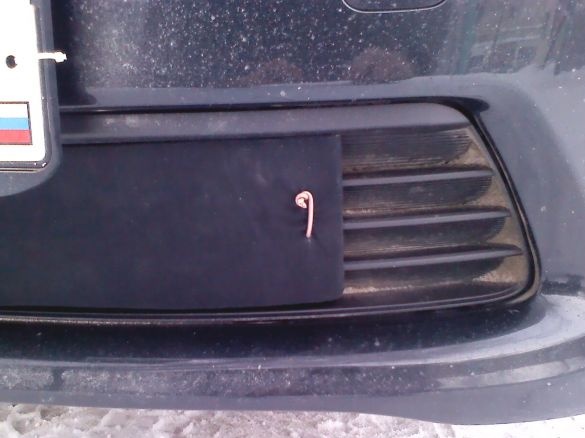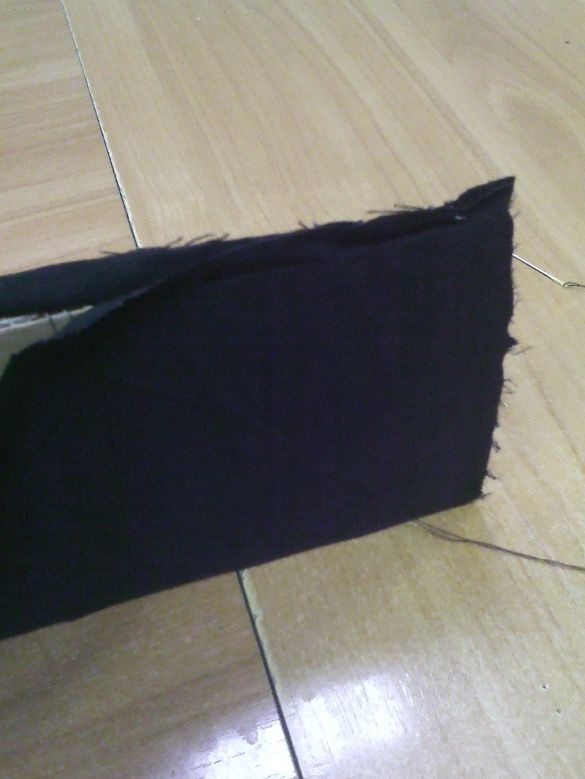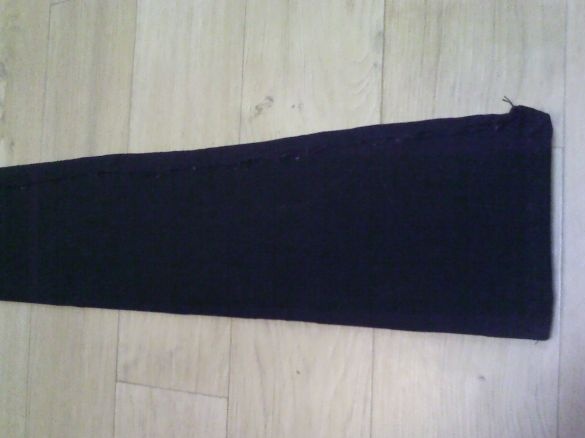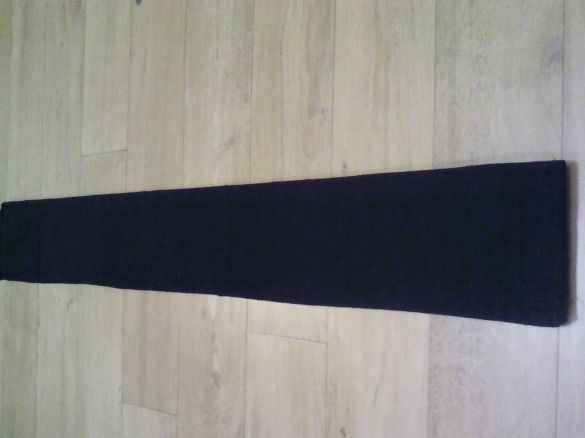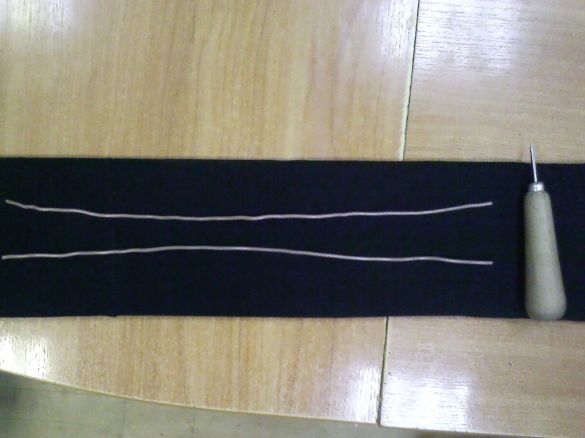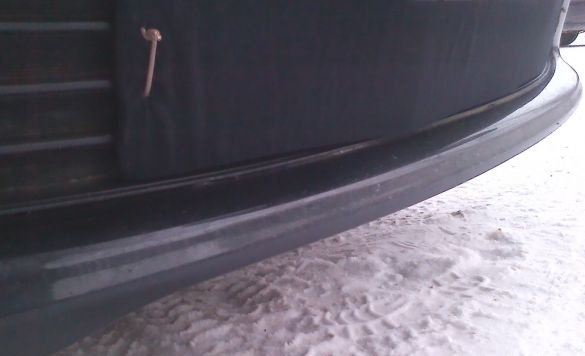In winter, especially in cold weather, the car’s engine warms up for a very long time, and when driving it doesn’t wait at all when it reaches operating temperature. The necessary insulation for the radiator grill is not always in the store. Therefore, it is much faster with the help of improvised materials to make such a heater with your own hands.
Necessary materials and tools:
- cardboard;
- the cloth;
- scissors;
- clerical knife;
- metal ruler;
- pliers;
- roulette;
- wire with a cross section of 1 - 1.5 mm square;
- awl;
- threads;
- needle for sewing.
Step 1: On the bumper of the car, measure the opening of the radiator grill with a tape measure and set the dimensions aside on the prepared cardboard.
Step 2: Using a stationery knife and a metal ruler, we cut out the workpiece.
Step 3: We select the fabric according to the color of the car. In this case, the material is black. Tip: it is better to use stretch material, as it stretches well, which contributes to a good stretch and the absence of wrinkles.
Step 4: We cut this piece of material into two halves and sew them to achieve the required length.
Step 5: We wrap a cardboard strip in a piece of fabric and with the help of threads with a needle we sew along the edges.
Step 6: Sew the edges of the fabric along the perimeter.
Step 7: On the front side, the insulation is as follows.
Step 8: The insulation made must be fixed to the bumper. To do this, you will need an awl, pliers and two pieces of wire.
Step 9: We apply insulation to the bumper of the car and use an awl to pierce two holes on each side.
Step 10: We pull the wire through the bumper grilles and insulation. Using pliers, we perform twisting. Now our radiator is insulated.

